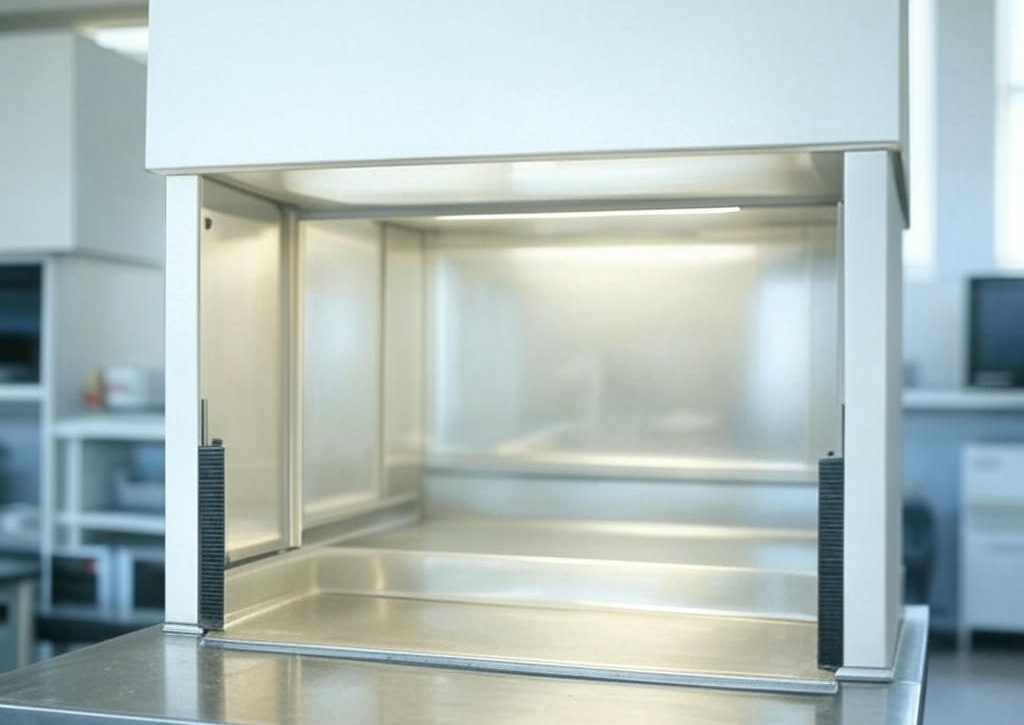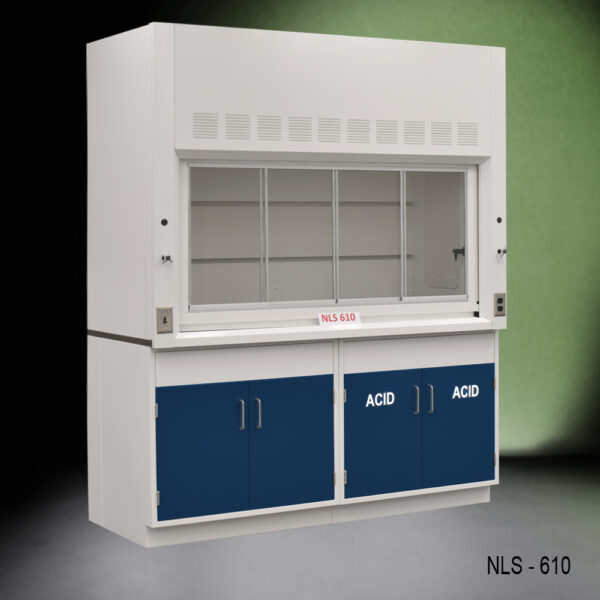Ductless fume hoods, also known as recirculating fume hoods, are a popular choice due to their perceived simplicity, flexibility, and cost-effectiveness. However, despite these benefits, laboratory managers must be well-informed of their inherent challenges and limitations to ensure safety and compliance.
Ductless fume hoods do not offer the same level of protection as traditional ventilated fume hoods. They fail to eliminate specific hazardous substances from the workspace, which can increase the risk of exposure for personnel.
Managing Operational and Maintenance Challenges
One significant challenge is managing filter maintenance and replacement schedules. Ductless fume hoods depend entirely on filters to capture chemical vapors and particulates, making timely replacement critical yet challenging, especially in environments like university laboratories where chemical usage frequently changes.
Additionally, unnoticed filter saturation can occur, leading to gradual indoor accumulation of chemical contaminants, potentially exposing laboratory personnel to health hazards.
Technical Limitations of Ductless Fume Hoods
Chemical Compatibility Constraints
A significant limitation of ductless fume hoods is their chemical compatibility. Filters are designed specifically for certain chemicals or chemical groups. When labs utilize a wide variety of chemicals, selecting an appropriate filter becomes difficult, and predicting filter lifespan is complicated. Misjudging compatibility can lead to premature saturation, chemical breakthroughs, and hazardous exposure.
Airflow and Face Velocity Challenges
Ductless hoods often struggle to maintain consistent airflow and proper face velocity, critical for chemical containment. If a ductless hood cannot maintain the necessary face velocity (typically around 80-120 feet per minute), hazardous vapors may escape containment, endangering personnel.
Filtration Uncertainty and Saturation Risks
Filters in ductless fume hoods can become saturated, particularly when exposed to multiple chemicals at varying concentrations. Unlike traditional ducted systems that expel contaminants outside, ductless systems must precisely predict filter life to avoid dangerous breakthroughs—an inherently challenging task in fluctuating research settings.
Safety and Compliance Considerations
Ductless fume hoods require strict adherence to specific use conditions to remain safe and compliant. Ideally, these hoods are designed for scenarios involving a single, predictable chemical or process. In practice, especially in university labs or research-intensive environments, chemical usage patterns shift constantly, complicating filter maintenance schedules and increasing the risk of chemical breakthroughs unnoticed by users.
Moreover, meeting regulatory safety standards with ductless fume hoods can be problematic. For example, even if face velocity requirements are met, filtration efficacy cannot always be guaranteed, raising concerns during inspections or audits related to occupational exposure limits and indoor air quality standards.
Best Practices and Decision-Making Tips
Given these challenges, consider the following best practices to guide decision-making:
- Assess Chemical Usage: Clearly document chemical processes and evaluate if chemical compatibility aligns with ductless filtration capabilities.
- Monitor Filter Saturation: Implement a rigorous, regularly reviewed filter monitoring protocol to preempt saturation and breakthrough.
- Evaluate Usage Patterns: Limit ductless hood usage to scenarios involving known, consistent chemical applications. Avoid using them for diverse or unpredictable chemical procedures.
- Compliance Verification: Regularly test airflow and filtration effectiveness, and consult safety professionals for compliance reviews.
Making Informed Choices
While ductless fume hoods offer flexibility and cost advantages, lab managers must navigate their practical challenges, technical limitations, and compliance concerns carefully. Understanding the conditions under which ductless fume hoods perform optimally—and implementing robust monitoring protocols—is essential for maintaining a safe laboratory environment.



